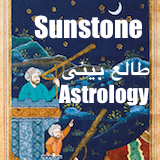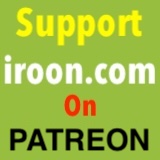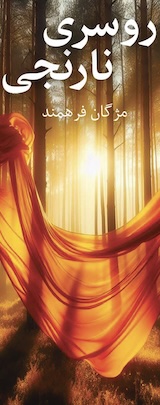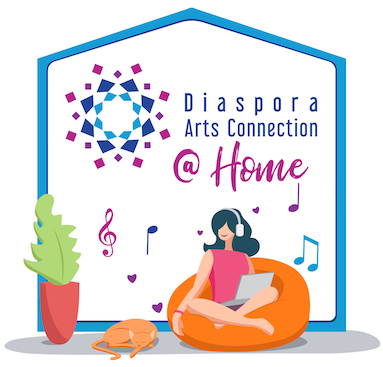The second in a series of Bay Area murals. Farnaz Zabetian and Roshanak Rahimi painted the mural in solidarity with the Iranian people on Clarion Alley in San Francisco on Nov. 2, 2022. (Beth LaBerge/KQED)
Lakshmi Sarah
KQED: The second in a series of Bay Area murals. Farnaz Zabetian and Roshanak Rahimi painted the mural in solidarity with the Iranian people on Clarion Alley in San Francisco on Nov. 2, 2022. (Beth LaBerge/KQED)
Earlier this week, after a brief rain in San Francisco’s Mission District, the sun appears on Clarion Alley where a small team of women are brushing on green paint at the top of a “Women, Life, Freedom” mural. The green, red and white of Iran’s flag serves as the backdrop to the drawing of a woman who is cutting her ponytail with scissors — one of the many iconic images emerging from Iran in the past several weeks.
This is the second of at least three planned murals in solidarity with Iran. The first was completed in Albany at the end of October.
“The first mural in Albany shows a woman who is burning her headscarf, which is a symbol of oppression in Iran,” said Leva Zand, the executive director of ARTogether, a Bay Area nonprofit that uses arts for community building. Zand clarifies that when Iranian women burn their headscarves, they are not necessarily opposing the religious aspect, but rather what they see as an oppressive government.
The Clarion Alley mural finished earlier this week, and at least one more mural is planned for Oakland. The Oakland mural will take up a larger wall and will be a collaboration between Iranian and non-Iranian artists. This one will require additional fundraising efforts. So far, ARTogether has raised $1,500 of their goal of $15,000 for the final mural.
Zand says the mural series has two main goals: raising awareness about what's happening in Iran, and showing solidarity with Iranians inside the country.
"It's just heartwarming to me that my family and friends know that they are not alone and [that] we are thinking about them," she said. Zand is also a refugee from Iran and left in 2003. She is also a scholar in feminist studies, so the fact that the revolution is women-led is an important aspect to her.
"We believe in [the] healing aspect of art and also [in the] community-building aspects of art," she said. ARTogether programs support refugee and immigrant artists in different stages of their careers >>>










Comments